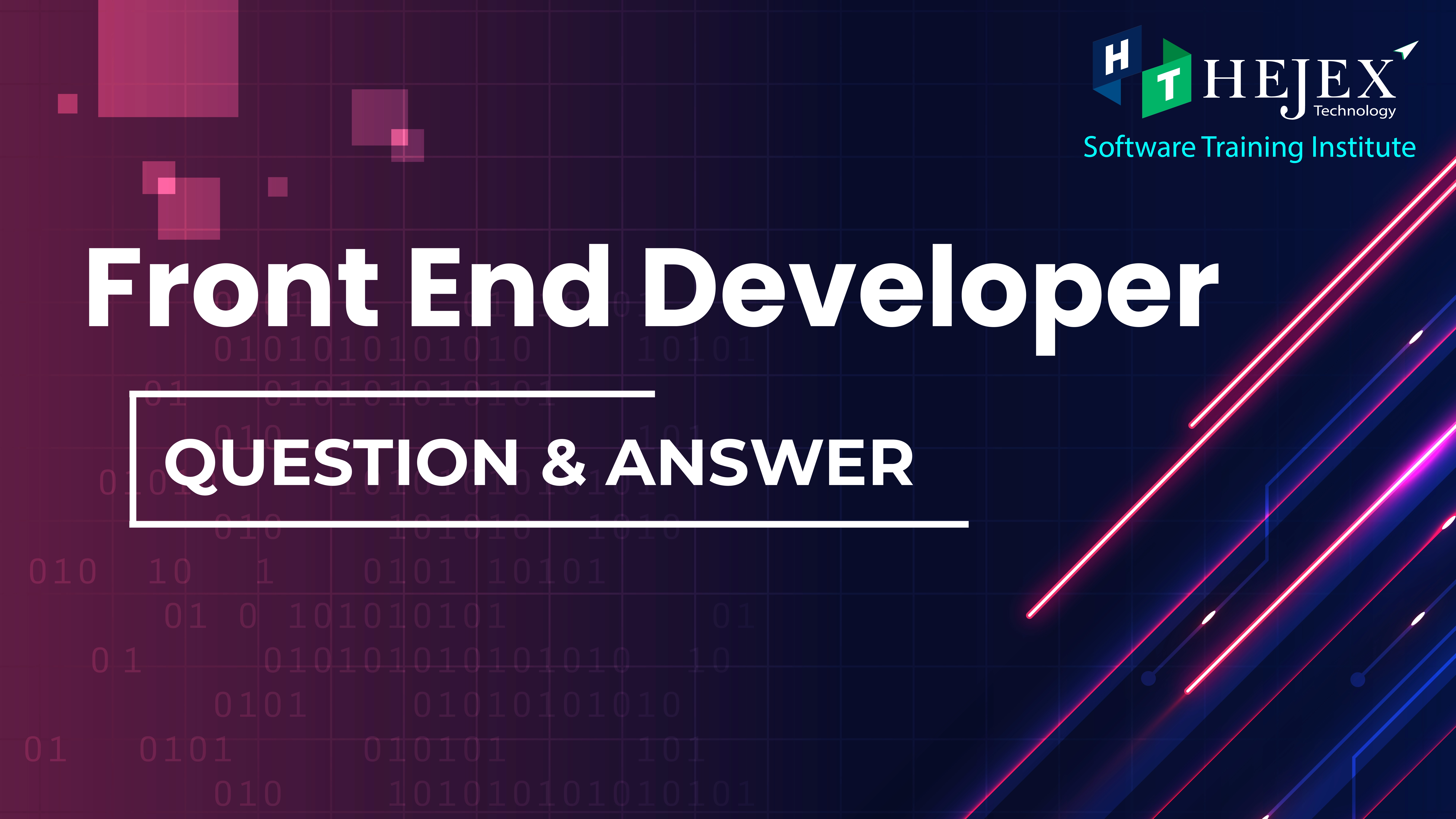28. How do you conditionally render components?
- In some cases you want to render different components depending on some state.
- JSX does not render false or undefined, so you can use conditional short-circuiting to render a given part of your component only if a certain condition is true.
Upcoming Full Stack Course Batches (With 3 Real Time Projects)



